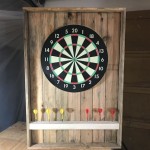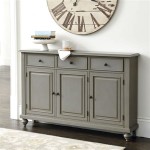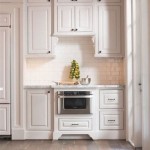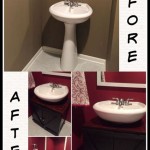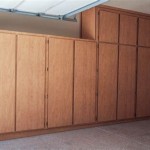Stripping Paint From Old Kitchen Cabinets to New
Transforming old kitchen cabinets from dated to dazzling can be a rewarding DIY project. One of the first steps in this process often involves stripping away old layers of paint. This is a necessary step to reveal the underlying wood and create a smooth surface for new finishes. Stripping paint can seem daunting, but with the right tools and techniques, you can achieve professional-looking results. This article provides a comprehensive guide to stripping paint from kitchen cabinets, highlighting essential considerations and practical steps.
Choosing the Right Stripping Method
The method for stripping paint from kitchen cabinets depends largely on the type of paint used and the condition of the cabinets. Here are key factors to consider:
- Type of Paint: Oil-based paints are generally more durable and difficult to remove than water-based paints.
- Number of Layers: Multiple layers of paint will require more time and effort to strip.
- Wood Condition: Softwood is more susceptible to damage during stripping than hardwood.
- Cabinet Design: Intricate carvings and details can make stripping more challenging.
Based on these factors, you can choose from a variety of stripping methods, including:
- Chemical Strippers: These are powerful solutions that dissolve paint. They are effective but require careful handling and ventilation.
- Heat Strippers: Heat guns and infrared heaters can soften paint, making it easier to scrape off. This method is faster than chemical stripping, but it can damage delicate surfaces.
- Mechanical Strippers: Tools like scrapers, wire brushes, and sanding tools can physically remove paint. These methods are less messy than chemical stripping but require more effort.
Stripping Paint Safely and Effectively
Once you have chosen the most suitable method, prepare the work area and ensure proper safety precautions. Consider these steps:
- Clear the Work Area: Remove all items from the cabinets and surrounding areas. Protect countertops and floors with drop cloths.
- Wear Protective Gear: Use gloves, eye protection, and a respirator to protect yourself from fumes and chemicals.
- Test a Hidden Area: Before applying stripper to the entire surface, test a small, inconspicuous area to ensure compatibility with the paint and wood.
- Apply Stripper Generously: Follow manufacturer instructions for application. Use a brush or scraper to apply the stripper evenly to the paint surface.
- Let it Sit: Allow the stripper to work for the recommended time before scraping. Do not let it dry completely.
- Scrape Away Paint: Use a scraper or putty knife to remove softened paint. Work carefully to avoid damaging the underlying wood.
- Neutralize and Clean: Neutralize chemical stripper with water or a specialized solution, and thoroughly clean the stripped surface.
Finishing Touches
After stripping the paint, you may need to perform additional steps to prepare the cabinets for their new finish:
- Sanding: Sand the surface to smooth out any imperfections and create a uniform texture. Use progressively finer grits of sandpaper.
- Filling Gaps and Holes: Fill any holes or gaps with wood filler, and sand smooth.
- Priming: Apply a primer to create a smooth, even surface for the final paint or stain.
Once the cabinets are prepped, you can apply the desired finish, such as paint, stain, or a combination of both. Remember to allow adequate drying time between coats.

How To Strip Paint Off Kitchen Cabinets And Furniture

How To Strip Paint Off Kitchen Cabinets And Furniture

How To Strip Paint Off Kitchen Cabinets And Furniture

How To Strip Old Kitchen Cabinets

How To Strip Paint Off Kitchen Cabinets And Furniture

Refinish Kitchen Cabinets With Kilz Restoration Primer

How To Strip Paint Off Kitchen Cabinets And Furniture

Avoid These Mistakes How To Paint Cabinets That Are Already Painted Grace In My Space

Cabinet Refinishing Guide

How To Strip Paint Off Kitchen Cabinets And Furniture
Related Posts


